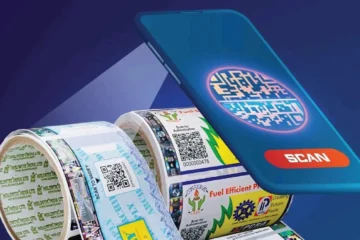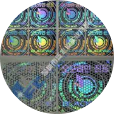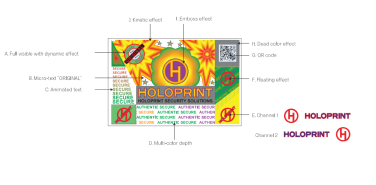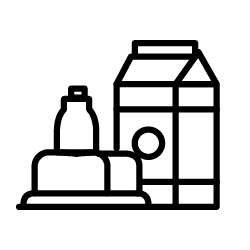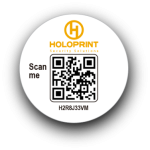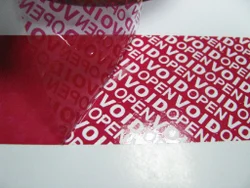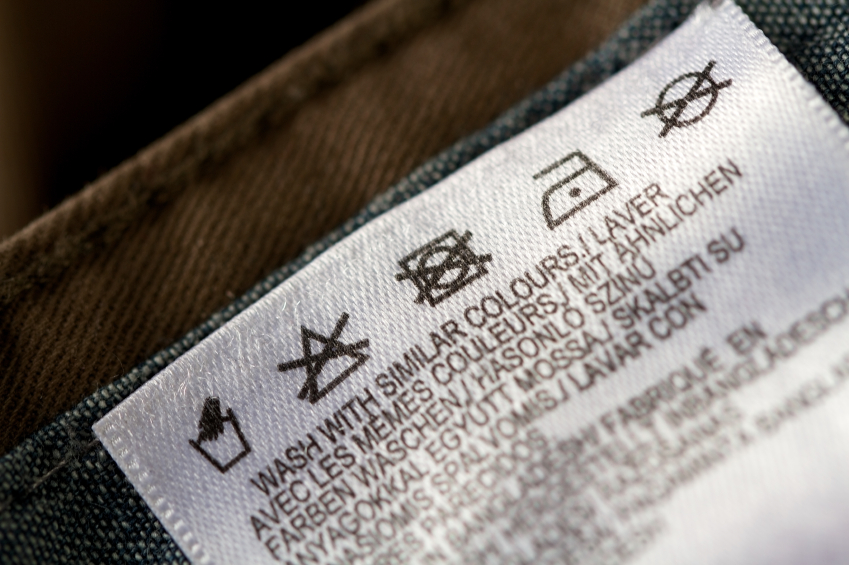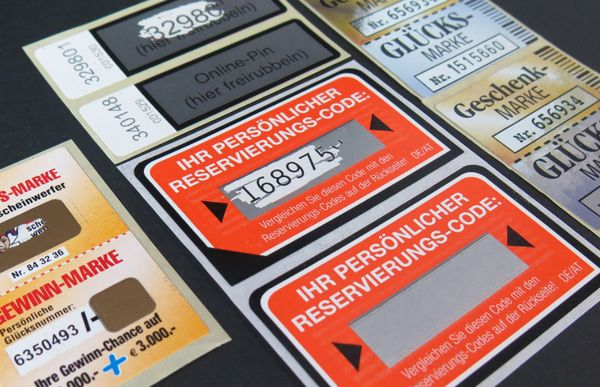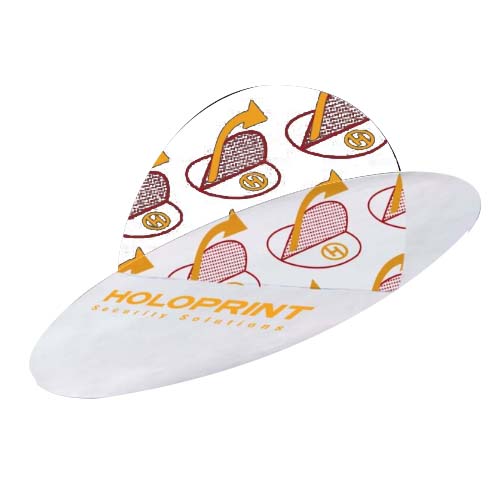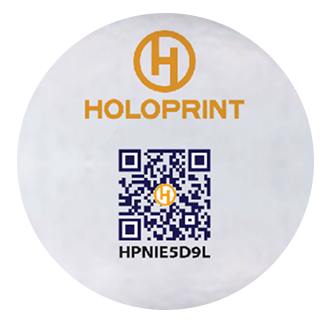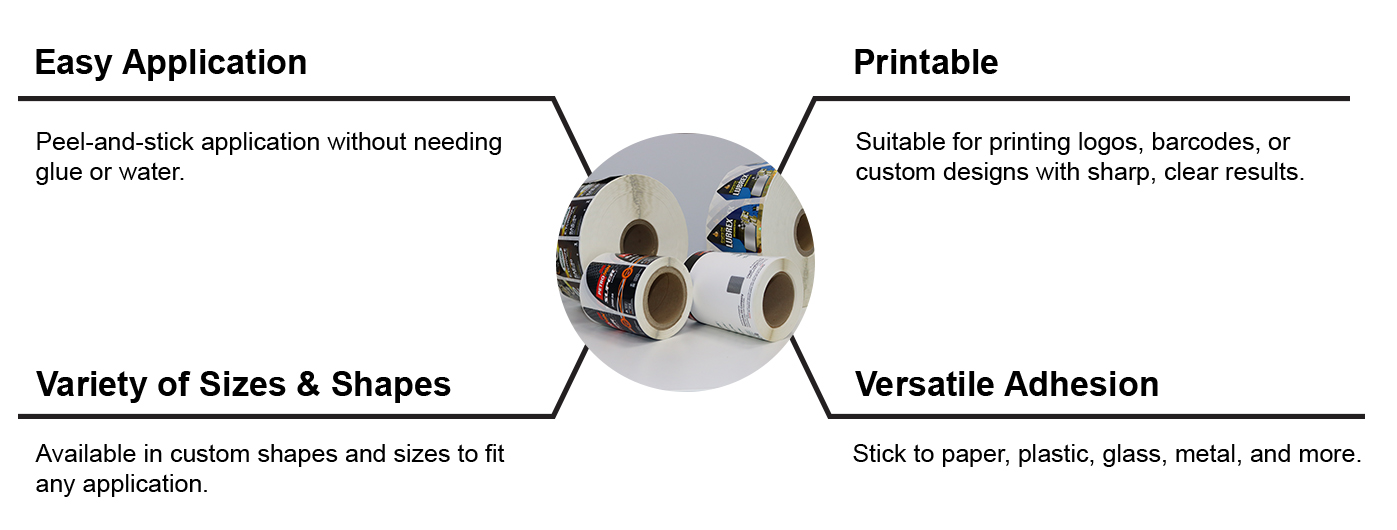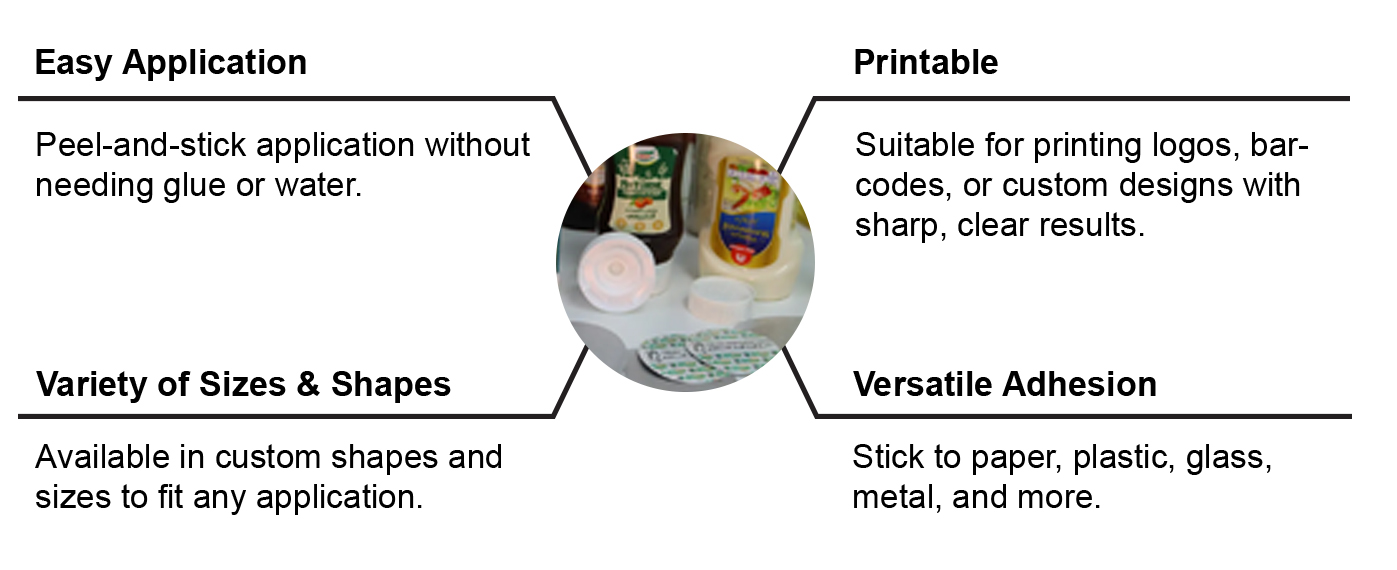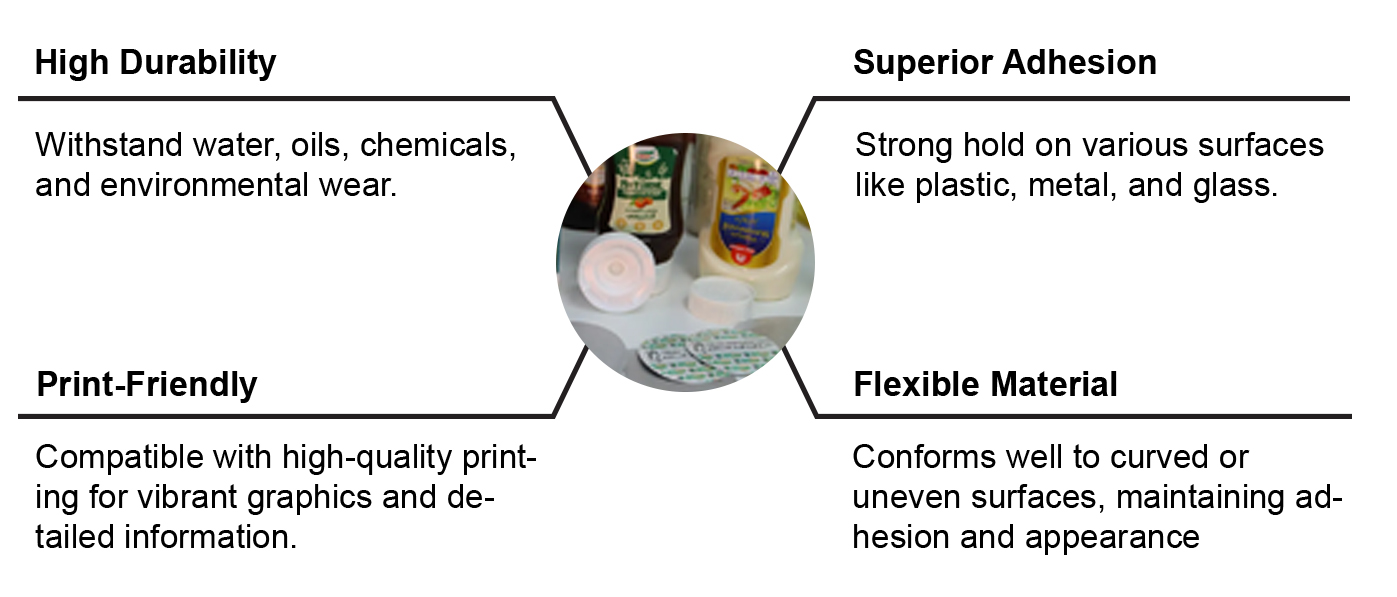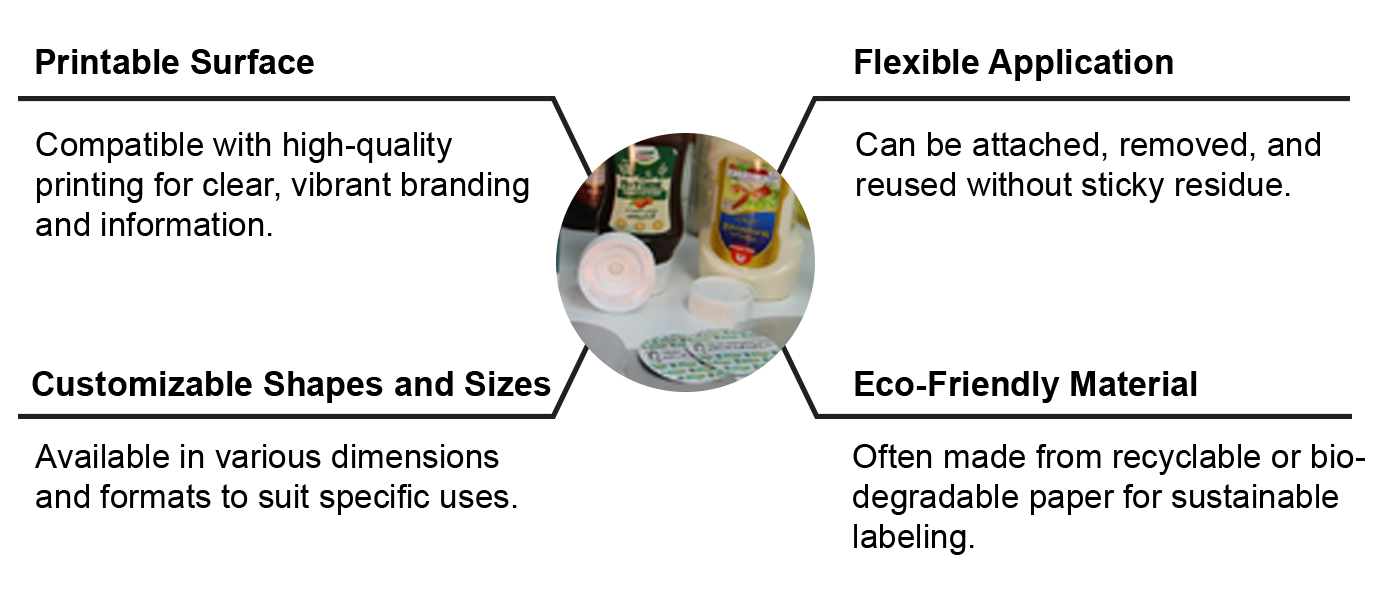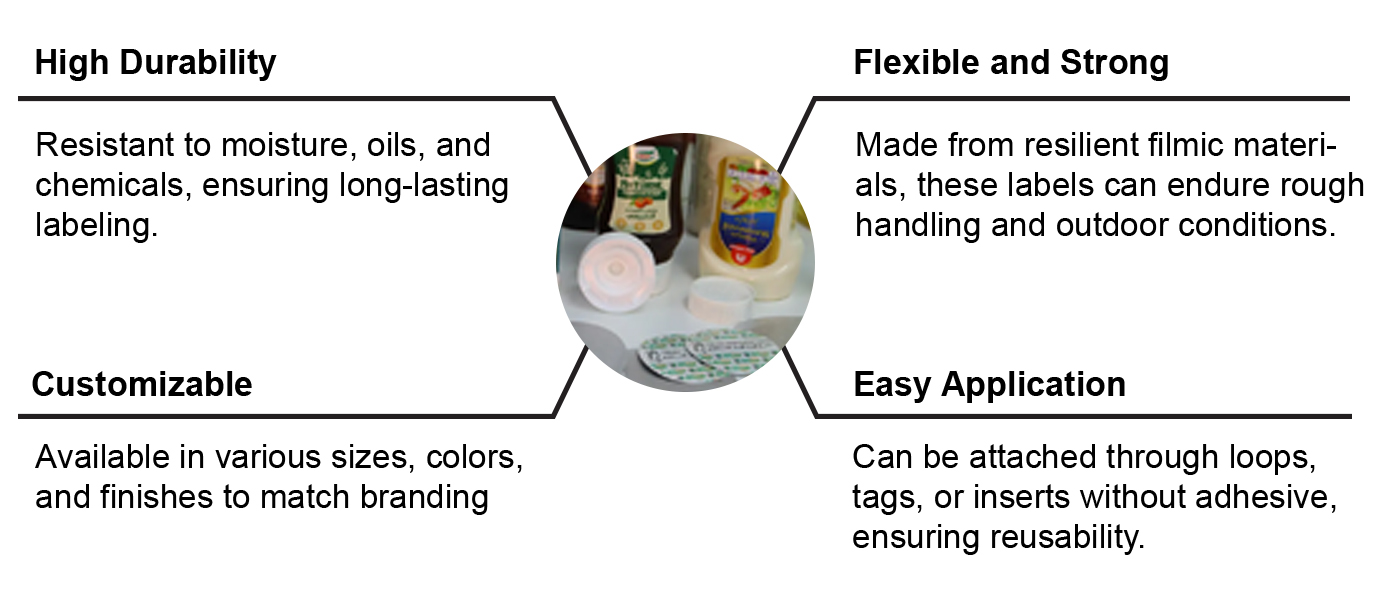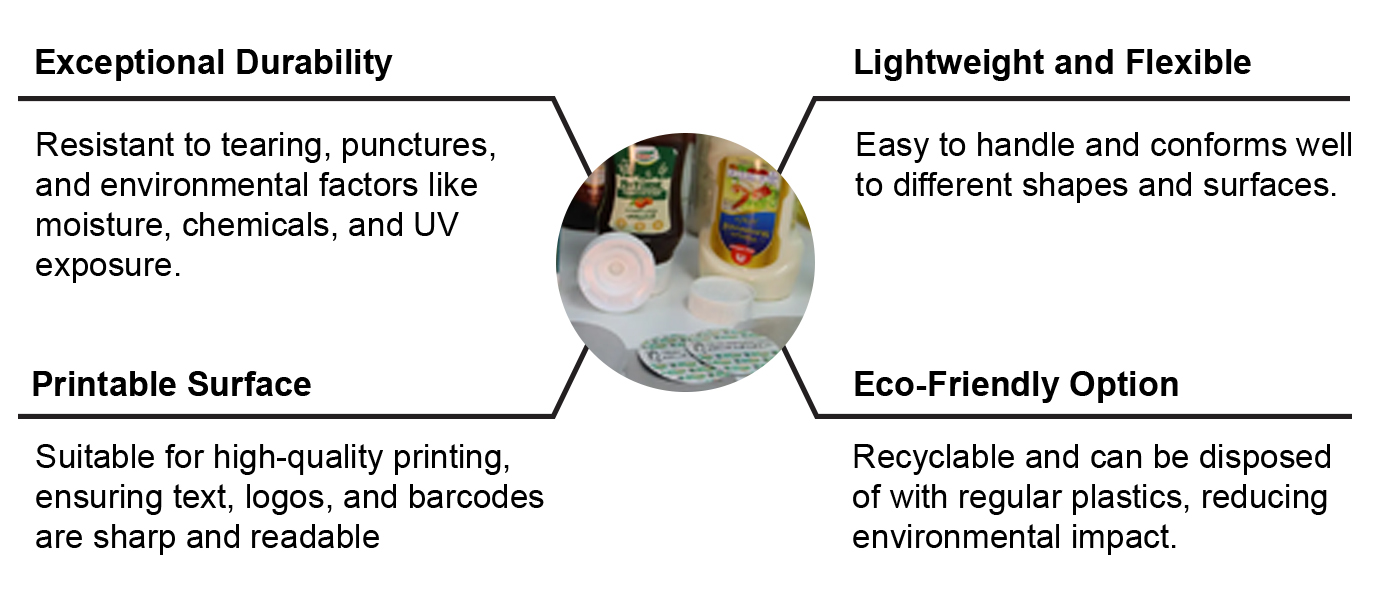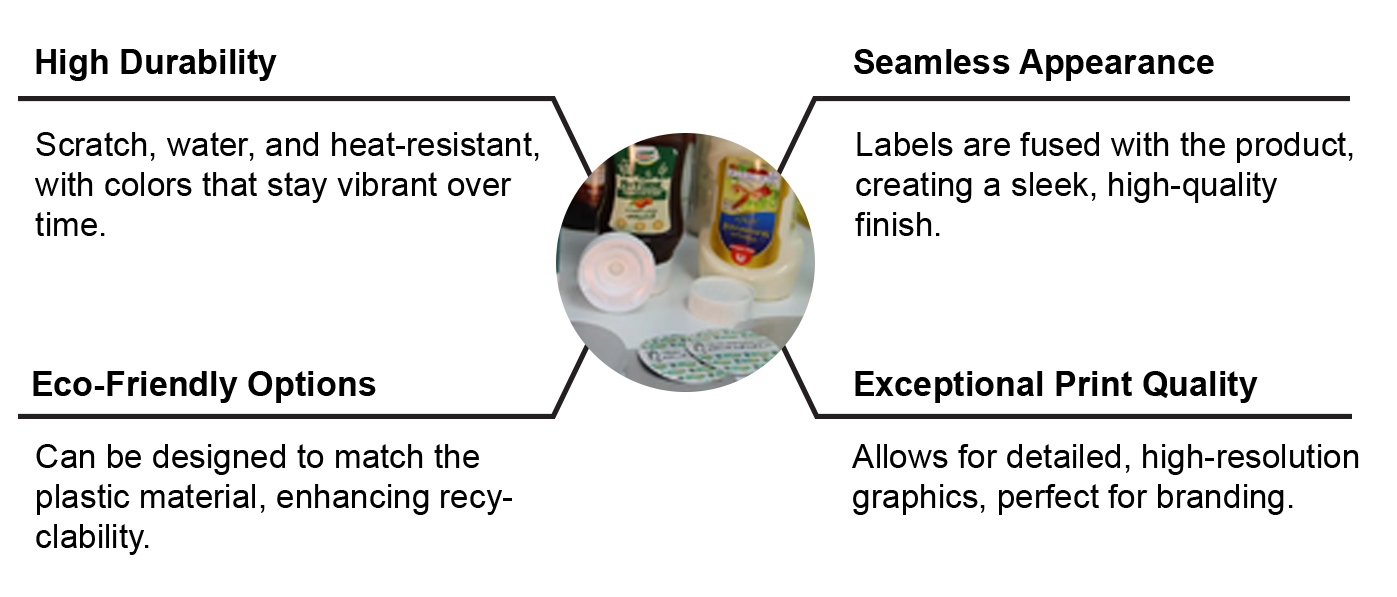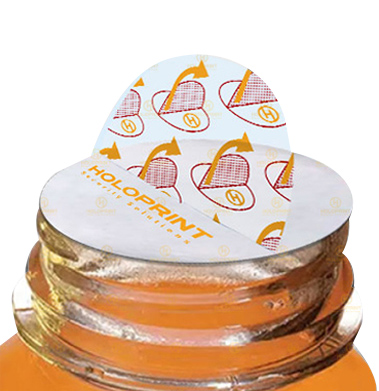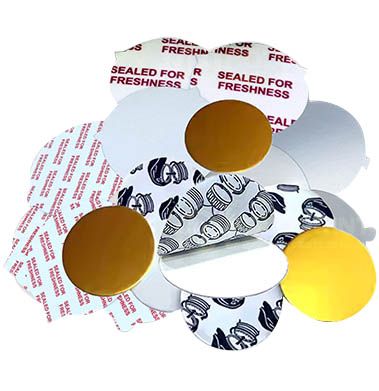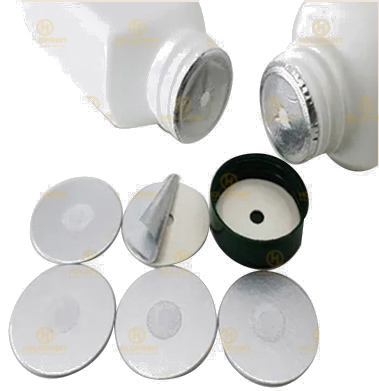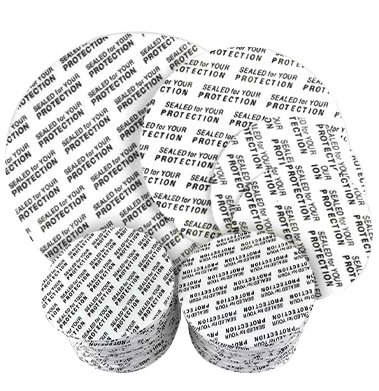HOME / Anti-Counterfeiting
Anti-Counterfeiting
Safeguarding Authenticity with Anti-Counterfeiting Measures
Anti-Counterfeiting refers to the set of measures and strategies designed to prevent, detect, and combat the production, distribution, and sale of counterfeit or fake products. Counterfeiting refers to the act of producing and selling imitation or unauthorized versions of genuine products, often with the intention of deceiving consumers into believing they are purchasing legitimate items. Counterfeit products can range from luxury goods, electronics, pharmaceuticals, and even currency.
-
 Extended Shelf Life
Extended Shelf Life
Liners help preserve the quality of the products, reducing the likelihood of spoilage or degradation over time. -
 Customization Options
Customization Options
Businesses can tailor the solution to meet their packaging needs, ensuring optimal product security.
-
 Chemical Resistance
Chemical Resistance
It is suitable for a wide range of industries, including those that produce agrochemicals, household cleaners, and food supplements. -
 Tamper Evidence
Tamper Evidence
The induction seal provides a layer of security, as it is visibly broken once the container is opened, making it easy to spot tampered products.
-
 Authentication & Brand Protection
Authentication & Brand Protection
Liners provide product authentication, integrated with unique QR printing technology. -
 Industry Compliance
Industry Compliance
The liners meet industry standards integrity, ensuring compliance with legal requirements.
Technical document
Contact Sales Persons


Authentication and
Security Features
Methods and technologies like holograms, RFID tags, and QR codes used to verify the authenticity of products and prevent counterfeiting.
Infrastructure
The systems, processes, and networks that support and enable the effective implementation of anti-counterfeiting measures and product verification.
Quality Assurance
A set of practices ensuring that products meet defined standards, are free from defects, and are protected against counterfeiting at every stage of production.
Experience
The user-friendly interaction that consumers and businesses have with anti-counterfeiting technologies, making product authentication quick and efficient.
Security Holograms
Advanced holographic designs embedded into products or packaging to act as a visual and tamper-evident security feature, making counterfeiting difficult.
Track and Trace
Technologies
Systems such as RFID, GPS, and blockchain that allow real-time tracking and monitoring of products throughout the supply chain to ensure authenticity.
Authentication
The process of verifying a product’s genuineness using various physical and digital methods, including security labels, codes, and authentication platforms.
Barcodes
A type of machine-readable code printed on product packaging or labels, used for tracking and verifying product authenticity through scanning technology.
advantages of anti-counterfeiting solutions of holoprint

High Security and Complexity
Holoprint holograms feature intricate patterns, 3D effects, color-shifting, and micro-text, making them extremely difficult to replicate or forge. The sophisticated design elements ensure that counterfeiters cannot easily duplicate the security features, offering a high level of protection.

Tamper-Evident
Holoprint holograms are tamper-evident, meaning that any attempt to remove, alter, or replicate the hologram will leave visible signs of damage. This provides a clear indication if a product or package has been tampered with, making it easy for consumers and businesses to identify compromised goods.

Brand Protection
By using Holoprint, companies can protect their brand integrity. Authenticating products becomes more straightforward, reducing the risk of counterfeit goods being sold as genuine items. This helps maintain consumer trust and loyalty, while also safeguarding the brand’s reputation in the marketplace.

Cost-Effective in Large Scale
While the initial investment in holographic technology can be higher than some other anti-counterfeiting methods, Holoprint offers long-term cost savings. Its durability and effectiveness over time mean fewer resources are needed for verification processes and the removal of counterfeit goods from circulation, especially in industries like pharmaceuticals or luxury goods.
Anti-counterfeiting refers to measures and techniques aimed at preventing the production, distribution, and sale of counterfeit goods, which are unauthorized replicas or imitations of original products. Counterfeiting can affect a wide range of industries, from luxury goods and electronics to pharmaceuticals and automotive parts. These illegal replicas often pose risks to consumers, such as inferior quality, safety hazards, and financial loss. To combat counterfeiting, companies and governments employ various strategies, including advanced labeling, security features, digital tracking, and legal enforcement. These tools make it more difficult for counterfeiters to replicate or distribute fake goods.
One common anti-counterfeiting measure is the use of specialized security labels and holograms that are difficult to replicate, as well as digital verification tools like QR codes or blockchain technology, which allow consumers to verify the authenticity of a product in real-time. Additionally, intellectual property laws, such as trademarks and patents, provide legal protection against the unauthorized use of brand names or proprietary designs. Collaboration between private companies, international organizations, and law enforcement agencies is essential to ensure effective countermeasures and enforcement against the global trade in counterfeit goods.
Anti-tampering refers to the measures and technologies designed to prevent unauthorized access, modification, or manipulation of products, systems, or information. These measures are particularly important in industries where safety, security, and integrity are critical, such as in pharmaceuticals, food packaging, electronics, and data storage. The goal of anti-tampering strategies is to protect products from being altered or contaminated by malicious actors, which could lead to harm, theft, or fraud. Anti-tampering mechanisms can range from physical barriers like tamper-evident seals and breakaway packaging to more sophisticated electronic safeguards such as encryption and digital signatures.
In addition to physical and digital safeguards, anti-tampering efforts often include monitoring systems and regular inspections to detect any signs of tampering. For example, in the pharmaceutical industry, tamper-resistant packaging might include shrink-wrapping or foil seals to ensure that the product has not been opened or altered before reaching the consumer. In the realm of software or data, encryption algorithms and hash functions are used to verify that files or communications have not been tampered with during transmission. By implementing such anti-tampering technologies, businesses and organizations can maintain the integrity of their products, protect their customers, and minimize the risk of fraud or damage to their reputation.
Track and trace is a system that allows businesses and consumers to monitor the movement and status of products throughout the supply chain. It typically involves using technologies like barcodes, RFID (Radio Frequency Identification), GPS, or blockchain to record and track a product’s journey from its origin to its final destination. This system provides real-time visibility into where a product is at any given moment, ensuring transparency, accountability, and efficiency. Track and trace systems are especially critical in industries such as pharmaceuticals, food, and logistics, where product integrity, safety, and compliance with regulations are of utmost importance.
The main benefits of track and trace systems include reducing fraud, improving inventory management, ensuring regulatory compliance, and enhancing customer trust. For example, in the pharmaceutical industry, track and trace technology allows consumers to verify the authenticity of medications, ensuring that they are not counterfeit or tampered with. In the food industry, it enables quick identification and recall of contaminated products to prevent public health risks. By providing detailed and accurate data about a product’s location, condition, and handling, track and trace systems help companies streamline operations and provide greater assurance to consumers about the safety and quality of the products they purchase.

WORKING PRINCIPLE OF ANTI COUNTERFEITING
The working principle of anti-counterfeiting involves implementing various technologies and strategies to verify the authenticity of products and prevent fraudulent replication. It includes embedding security features like holograms, RFID tags, and barcodes, which are difficult to replicate, and using track and trace systems to monitor product movement throughout the supply chain. Blockchain and databases store secure, tamper-proof records of a product’s history, while consumer verification tools (e.g., mobile apps) allow end-users to easily authenticate items. Combined, these methods help protect brands, ensure product integrity, and provide consumers with simple ways to detect counterfeit goods.
SUSTAINABILITY OF ANTI COUNTERFEITING
The sustainability of anti-counterfeiting solutions lies in their ability to protect both economic value and public health over the long term. By ensuring the authenticity of products, these solutions help safeguard brand integrity, reduce financial losses due to counterfeit goods, and promote consumer trust. Additionally, anti-counterfeiting technologies, such as RFID and blockchain, enable more efficient supply chains, reduce waste from counterfeit goods, and encourage responsible production practices. As businesses increasingly adopt these measures, anti-counterfeiting contributes to a more transparent, ethical, and sustainable market by preventing the circulation of harmful or substandard products.
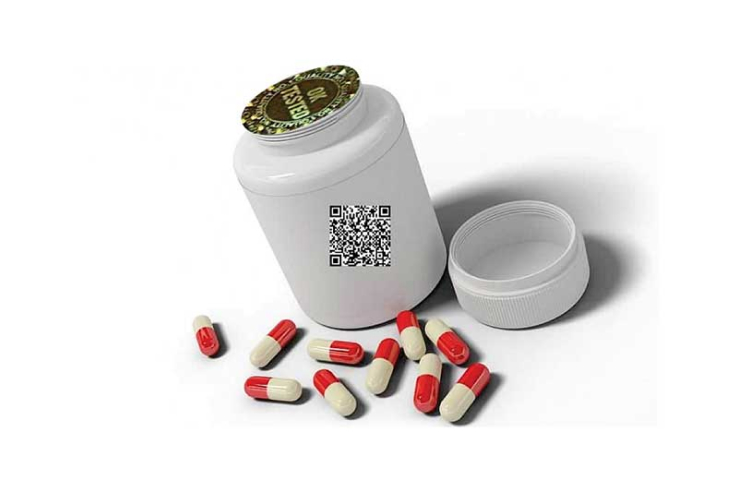
Security Features

Nano Optical OVDs Holographic

Talking Pen

Taggent

Security Printing

Track & Trace

Customized Brand Safety Solutions

Variable Data Printing

Unique QR – Data Printing
WHAT PEOPLE SAY
Find out why people love working with Pearl Business LLC
We are true to ourselves, and commit to always perform at our best.
We believe that we are outstanding. Not because we say it, but because we work hard at it. We are dedicated, committed and focused. We believe that every person will reach their personal best and overcome any challenge through a shared culture and ethos.
Frequently asked questions
We began our operations a few decades ago and have grown due to excellent relationships with our clients. We started out small, with just a few people and a small office, but today we have offices in multiple countries with hundreds of people working inside them.
We started out small, with just a few people and a small office, but today we have offices in multiple countries with hundreds of people working inside them.
Whether you’re just starting out or already running a successful business, having the right business account can make day-to-day banking easier and more cost-effective. We can help you find the best package to meet your business transaction needs. We offer you greater choice with the below suite of products.
We believe that quality employment is the foundation of human dignity, economic stability, and community self-sufficiency. With strong support from our government partners, we implement our mission to prepare and match work-ready job seekers with quality employers, so Chicagoland remains a great place to live and work.
We achieved our success because of how successfully we integrate with our clients. One complaint many people have about consultants is that they can be disruptive. Employees fear outside consultants coming in and destroying the workflow. Our clients face no such issues.
Case Study

LABELS – B
View more
Ba industry
View more
SECURITY HOLOGRAMS – Special Features With Description
View more
HOT STAMPING FOIL (HSF)
View more
Tax stamps
View more
SHRINK SLEEVES
View more
LABELS – A
View more
WADS / INDUCTION LINERS
View more
SECURITY HOLOGRAMS & OVDS
View more